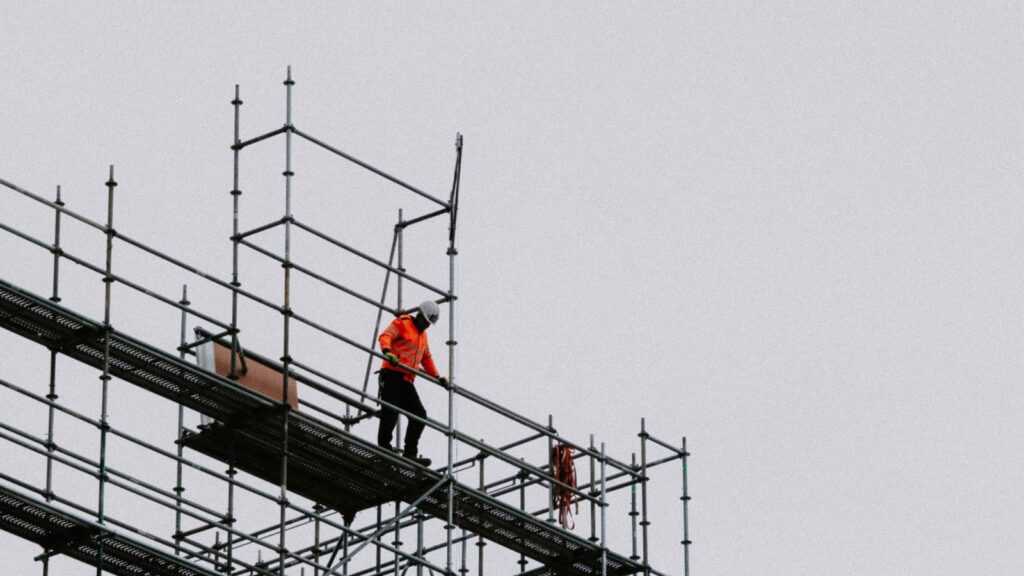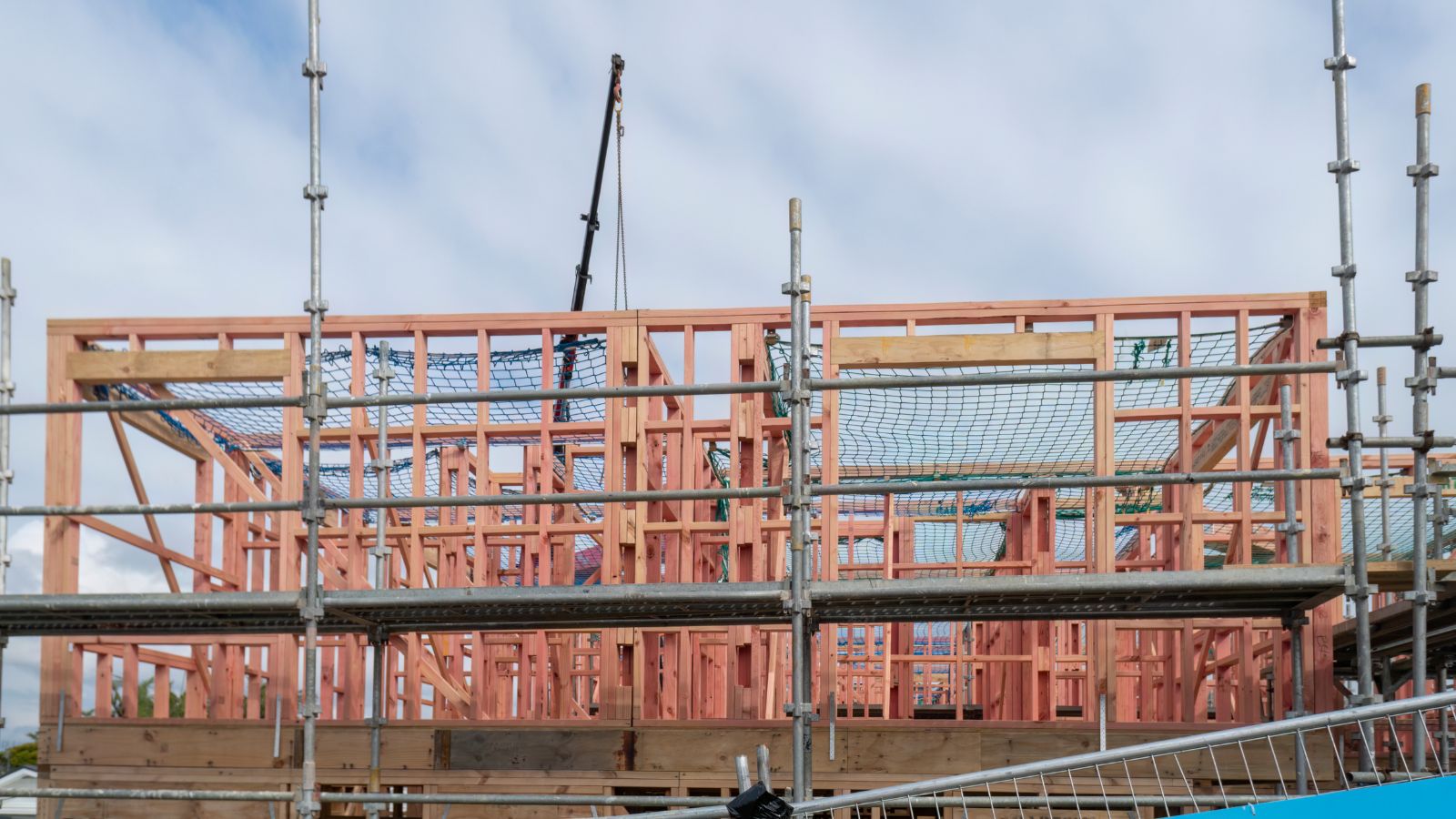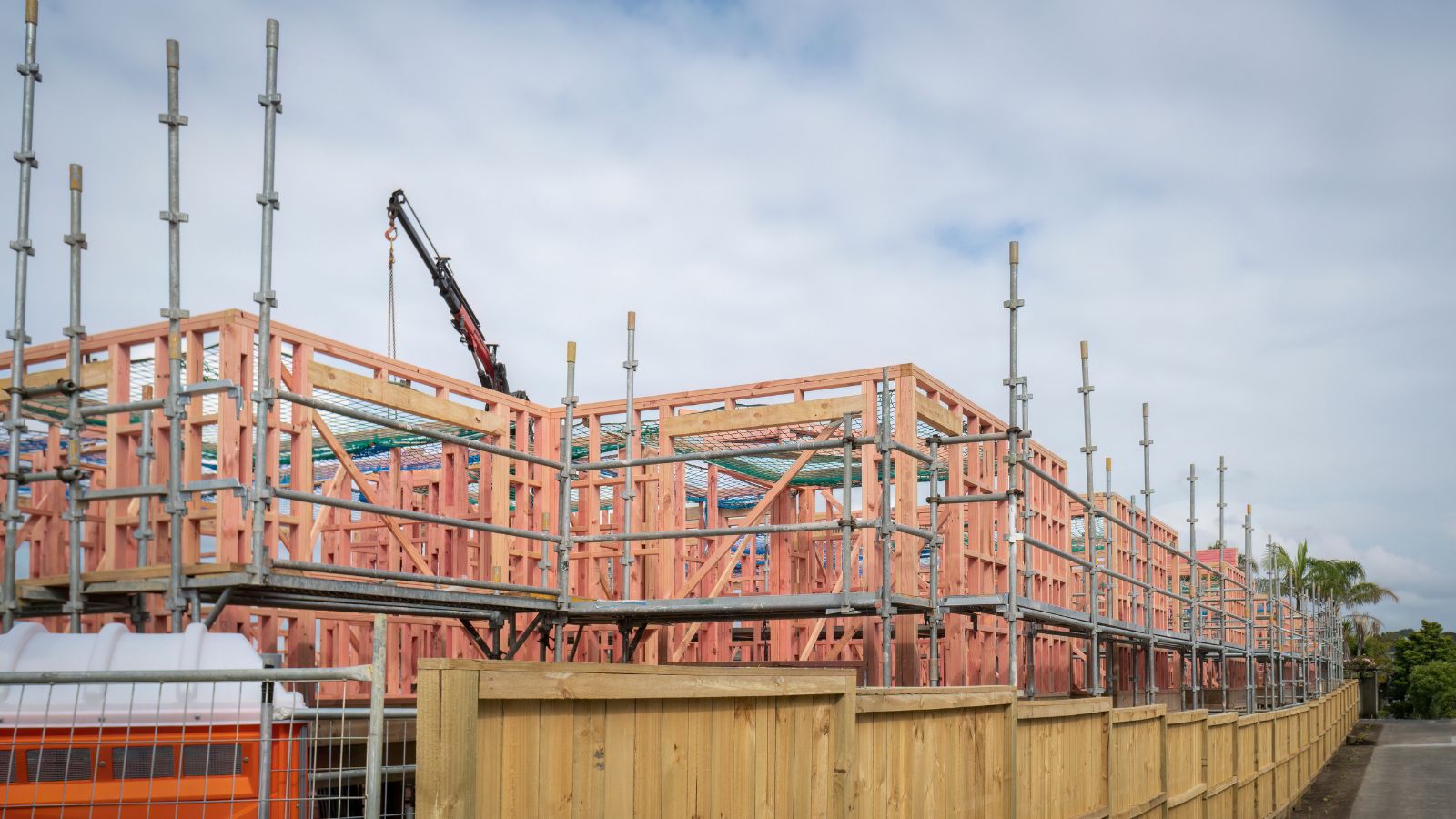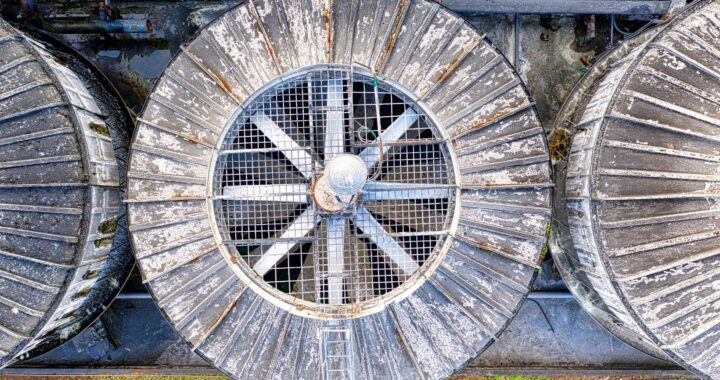Scaffolding Auckland: Your Ultimate Guide To Safe And Efficient Builds

Build With Confidence And Ease
You need the proper support when you’re ready to start a projAect high off the ground. That’s why I always turn to Scaffolding Auckland experts who know every trick in the book. You might wonder how to choose the best team, keep costs low, and stay safe. Well, I’ve got you covered. In the next few minutes, I’ll share insider tips on selecting sturdy materials, hiring skilled crews, and spotting red flags before they become big headaches. By the end, you’ll know exactly what to ask, where to look, and how to plan for a smooth setup. Ready to raise the bar on your next build? Let’s start— remember, a solid scaffold means a solid finish.
Why Quality Scaffolding Matters
I used to think any frame would do. Then I saw how a wobbly setup nearly derailed a job. Poor support can cause delays, extra costs, and even injuries. So, I learned to spot top‑grade systems fast.
Health and Safety First
Nobody enjoys sweating on a shaky plank. One slip can lead to serious harm. Good scaffolding keeps your team steady and your peace of mind intact.
Efficiency And Speed
With the right frame in place, tasks flow smoothly. You’re not waiting for fixes or juggling parts. Time is money, and quality scaffolds save both.
How To Choose Your Scaffolding Partner
1. Check Credentials And Experience
Ask about licenses, past projects, and safety records. I always call references. Hearing real stories gives me confidence.
2. Inspect Materials On The Site
I look for solid steel, proper welds, and non‑rust surfaces. If it shows wear, I move on. Newer frames mean fewer surprises.
3. Compare Quotes Wisely
Get at least three estimates. Don’t just pick the cheapest. Balance cost with quality. You’ll thank me later when there are no hidden fees.
Planning Your Scaffolding Project
Map Out Your Needs
Measure work height, length, and weight loads. I sketch a simple plan and share it with my supplier. Precise specs lead to accurate quotes.
Schedule Installation Times
Avoid last‑minute rushes. I book my setup at least two weeks ahead. This buffer keeps my timeline on track.
Factor In Weather And Permits
Rain can stall things, and permits take time. I check local rules and watch the forecast. A dry week means smooth sailing.
Common Pitfalls And How To Avoid Them
Overlooking Ground Prep
Uneven terrain can tilt your frame. I level the base with adjustable jacks. It takes minutes but adds primary stability.
Ignoring Safety Accessories
Guardrails, toe boards, and netting aren’t optional. They protect tools and people. I never skip them.
Skipping Regular Inspections
Daily checks catch loose bolts or worn parts. I make it a habit. A quick look over prevents big headaches later.
Real‑World Example: A Deck Makeover
Last summer, I helped a neighbor rebuild her deck. We needed a 4‑meter reach and had tight space. We chose a lightweight modular system that fit her yard and snapped together in under an hour. She was amazed at how fast we moved, and her smile at the end said it all.
Conclusion
Scaffolding isn’t just metal poles; it’s the backbone of any elevated project. From safety to speed, every detail counts. By vetting suppliers, planning, and staying vigilant, you’ll avoid common traps and enjoy a hassle‑free build.
Ready to elevate your next project with confidence? Reach out today, get your free site assessment, and see how the right scaffolding solution can transform your worksite.



 www Rapid HomeDirect .com: The Ultimate Destination for Home Goods
www Rapid HomeDirect .com: The Ultimate Destination for Home Goods  Explosion-Proof Fans for Chemical Plants, Refineries, and Oil Rigs
Explosion-Proof Fans for Chemical Plants, Refineries, and Oil Rigs  Protecting Your Home from Neighborhood Noise Pollution
Protecting Your Home from Neighborhood Noise Pollution